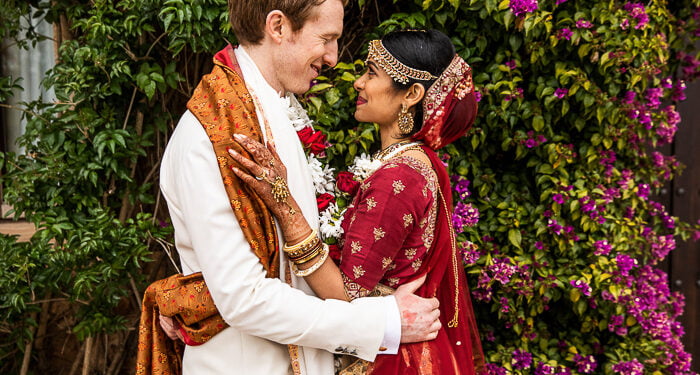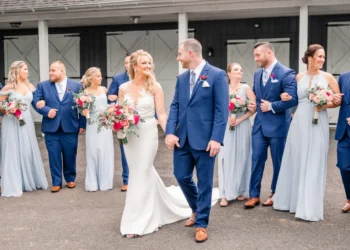The Traditional Wedding procedure starts with the groom’s side sending elders (Shimagle) who then request a union between the parties. The elders discuss a dowry and verify that the intend bride and groom are not relatives by checking their lineage a minimum of seven generations. After a dowry is agreed upon and it has been determin that there is no relationship between the intend bride and groom, the wedding is announced and the families begin preparations for a church/mosque ceremony and a mels ceremony. On the wedding day, the groom and groomsmen get ready at the groom’s house early in the morning and proceed to the bride’s parent’s house to begin the wedding ceremonies.
1. Norway
Norway has a rich history of traditional marriage customs and practices that have evolved over the centuries. While I don’t have access to specific blogs, I can provide you with a brief overview of the history of traditional marriage in Norway.
Viking Age: During the Viking Age (approximately 793-1066 AD), marriage in Norway was primarily a social and economic arrangement rather than a romantic union. Marriages were often arrange by families to strengthen alliances or acquire wealth and property. Polygamy was also practiced, allowing men to have multiple wives.
Christianization: With the spread of Christianity in Norway around the 11th century, the Christian Church began to play a significant role in marriage ceremonies. The Church introduced monogamy as the standard practice, discouraging polygamy. Christian weddings were performed in churches and conducted by priests.
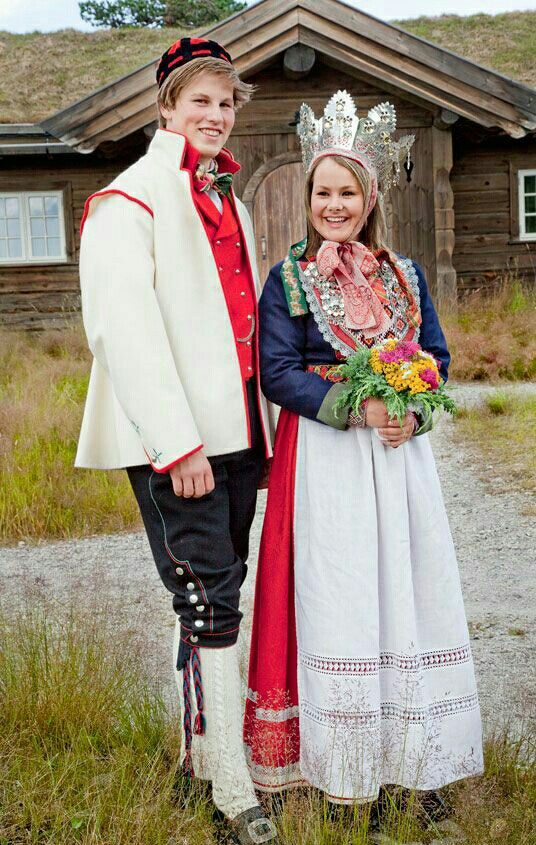
Bridal Customs: Traditional Norwegian wedding customs across different regions. One popular tradition was the “brudlaupskling,” where the bride and groom drank from a special wedding cup, symbolizing their unity. Another tradition involved the “brudgommen på brygga,” where the groom arrived by boat at the wedding venue to claim his bride.
Dowry and Marriage Contracts: In the past, the bride’s family often provid a dowry, which could include land, livestock, or other valuable assets, to ensure the financial security of the couple. Marriage contracts were sometimes establish to specify the terms and conditions of the union, including the division of property and inheritance rights.
Folklore and Superstitions: Norway has a rich folklore surrounding marriage. Various rituals and customs were believed to bring good luck and fertility to the couple. For example, it was common for the bride to wear a crown or wreath made of myrtle or silver to symbolize purity. Additionally, certain superstitions, like the belief that rain on the wedding day brought good fortune, were prevalent.
2. Indonesia
Traditional marriage practices in Indonesia have a long and rich history that varies across the diverse cultures and ethnic groups found in the archipelago. The country is home to over 300 distinct ethnic groups, each with its own unique customs and traditions surrounding marriage. While it is not possible to cover all of them.
Pre-Islamic Influences:
Before the arrival of Islam in the archipelago, Indonesia was influenced by various indigenous belief systems and Hindu-Buddhist traditions. These ancient practices often incorporated elaborate marriage ceremonies and rituals. For example, in the ancient Javanese kingdom of Majapahit, marriage was considered a sacred union and involve complex rituals and offerings to the gods.
Islamic Traditions:
With the spread of Islam in Indonesia from the 13th century onwards, Islamic traditions start to influence marriage practices significantly. Islamic law, known as Sharia, became an integral part of marriage ceremonies. Islamic weddings typically involve the signing of a marriage contract (akad nikah) in the presence of witnesses and an Islamic cleric. The ceremony is often follow by a reception where families and friends celebrate the union.
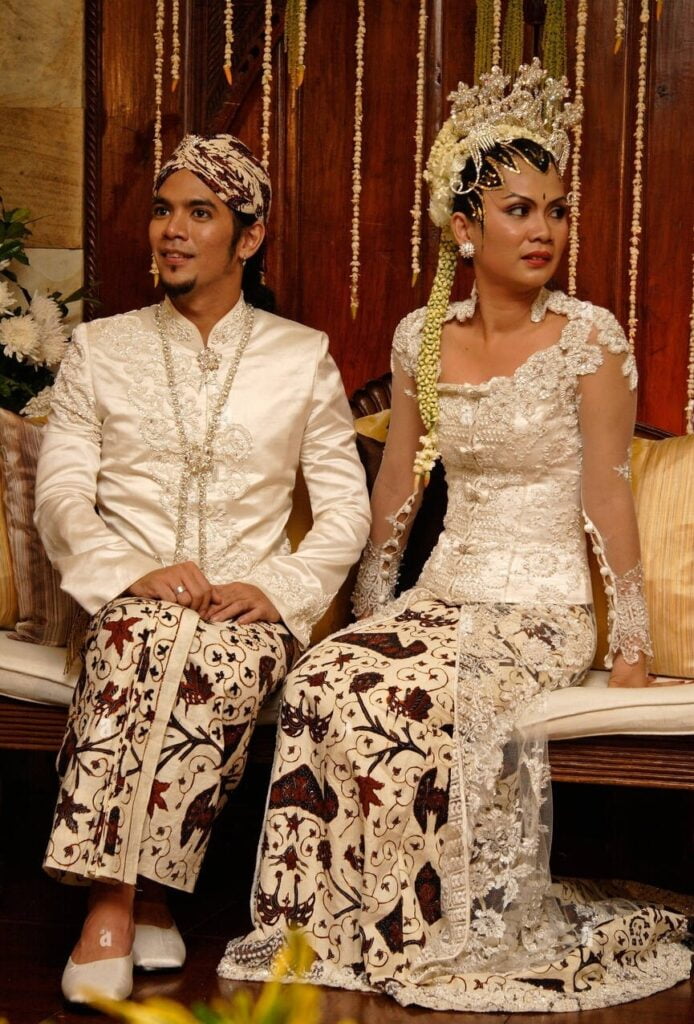
Adat (Customary) Marriages:
Across Indonesia, various ethnic groups have their own unique traditional customs and practices regarding marriage. These customs are often referred to as “adat” or “customary” marriages. Adat marriages are deeply rooted in local traditions and reflect the cultural heritage of each ethnic group. They involve specific rituals, ceremonies, and customary practices, which can vary greatly from one community to another. For example, the Javanese, Balinese, Sundanese, Minangkabau, and many other ethnic groups have their own distinct adat marriage traditions.
Community Celebrations:
Traditional Indonesian weddings are often community celebrations involving extend family members, neighbors, and friends. These ceremonies are elaborate and vibrant, featuring traditional attire, music, dance performances, and traditional cuisine. They provide an opportunity for the community to come together, strengthen social bonds, and celebrate the union of the couple.
3. Mexico
The institution of marriage in Mexico has a rich history that spans centuries and is influence by various cultural, religious, and legal traditions. Traditional marriage practices in Mexico have evolve over time, incorporating elements from indigenous cultures, as well as influences from European colonization and the Catholic Church. Here is an overview of the history of traditional marriage in Mexico:
Pre-Hispanic Period: Prior to the arrival of the Spanish conquistadors in the 16th century, indigenous peoples in Mexico had their own diverse marriage customs and practices. These varied among different tribes and civilizations, such as the Aztecs, Maya, Zapotecs, and Mixtecs. Marriages were often arranged by families and were considere important social and economic alliances. Polygamy was practice among some elites, but monogamy was more common.
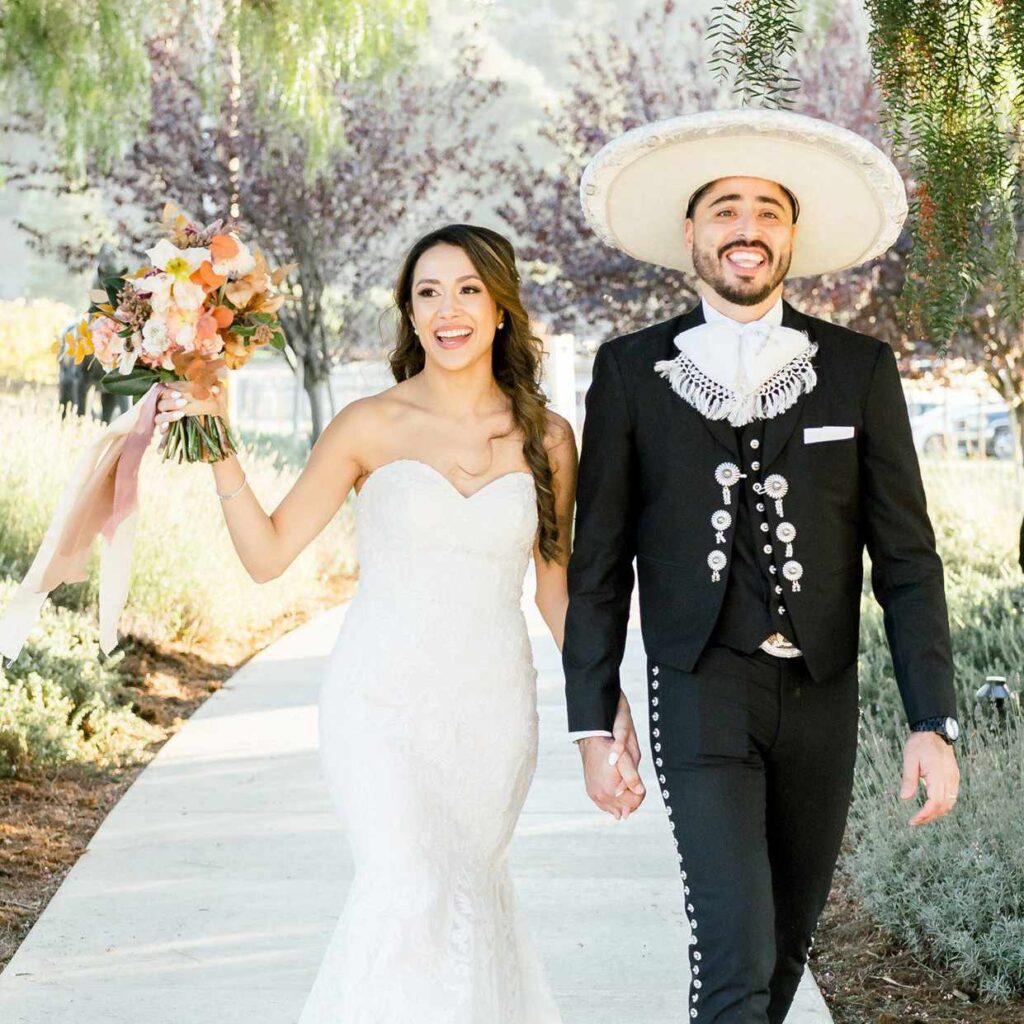
Spanish Colonial Period: With the arrival of the Spanish colonizers, the Catholic Church plays a significant role in shaping marriage practices in Mexico. The Church established its authority and promoted Catholic marriage as the only valid form of matrimony. Spanish legal systems were also introduce, which recogniz monogamy and established requirements for marriage, such as parental consent and ecclesiastical authorization.
The Catholic Church emphasized the sacramental nature of marriage, considering it a lifelong commitment between one man and one woman. Civil authorities recognized the Church’s authority in matters of marriage and relied on church records for legal documentation.
4. Fiji
The traditional marriage practices in Fiji have a rich history and cultural significance. Here is an overview of the traditional marriage history in Fiji:
Arranged Marriages: In the past, marriages in Fiji were often arrange by families, with the consent of the individuals involve. The primary consideration for arrange marriages was the social status and compatibility of the families rather than personal preferences.
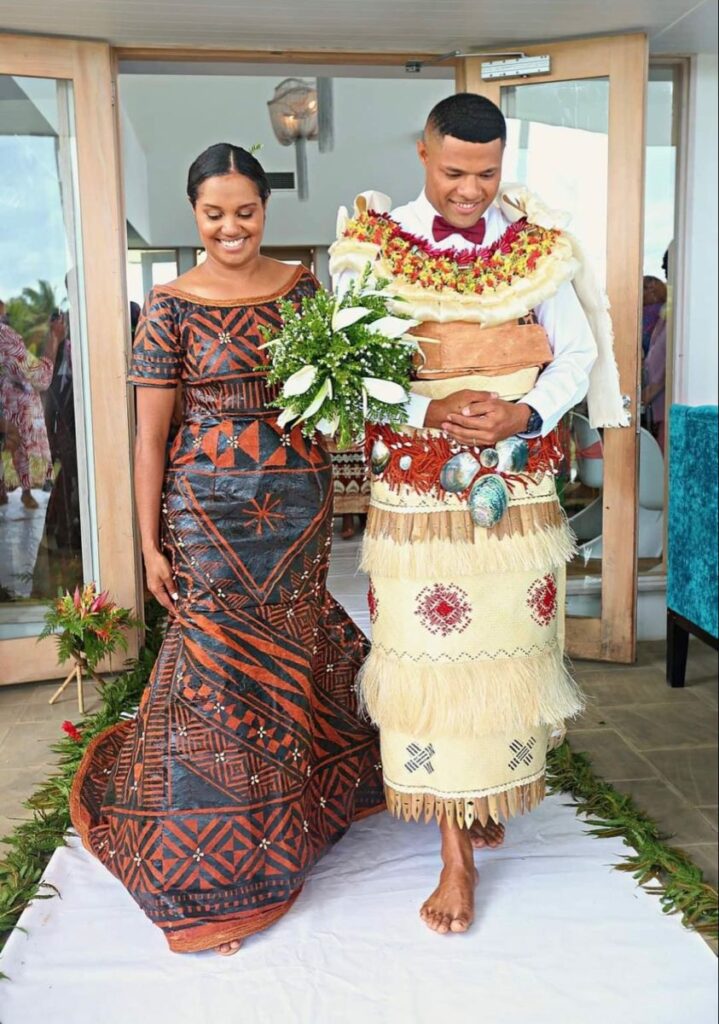
Tabu Soro:
Before the wedding ceremony, the groom’s family would initiate a traditional presentation call “tabu soro” to the bride’s family. This offering typically consists of yaqona (kava) roots, mats, tapa cloth, and other valuable items. The tabu soro was a gesture of respect and acknowledgment of the bride’s family for agreeing to the marriage.
Exchange of Gifts:
During the engagement period, families exchanged gifts as a symbol of goodwill and unity. These gifts could include mats, tapa cloth, whales’ teeth (tabula), and other traditional items. The exchange of gifts solidify the bond between the two families and served as a sign of commitment.
Traditional Ceremonies:
The Fijian marriage ceremony was a significant event, often involving elaborate rituals and festivities. These ceremonies varied among different Fijian communities, but common elements include the sevusevu (presentation of yaqona), the formal asking for the bride’s hand in marriage, the exchange of vows, and the sharing of a ceremonial drink.
5. Vietnam
Traditional marriage in Vietnam has a long and rich history that has been shap by various cultural, religious, and social influences over the centuries. The institution of marriage in Vietnam reflects Confucian values, which emphasize the importance of family, filial piety, and social order. Here is an overview of the traditional marriage history in Vietnam:
Early Period:
Marriage was primarily a social and economic alliance between families to strengthen their ties and consolidate power. The selection of a spouse was often influenc by considerations such as social status, wealth, and the compatibility of horoscopes.
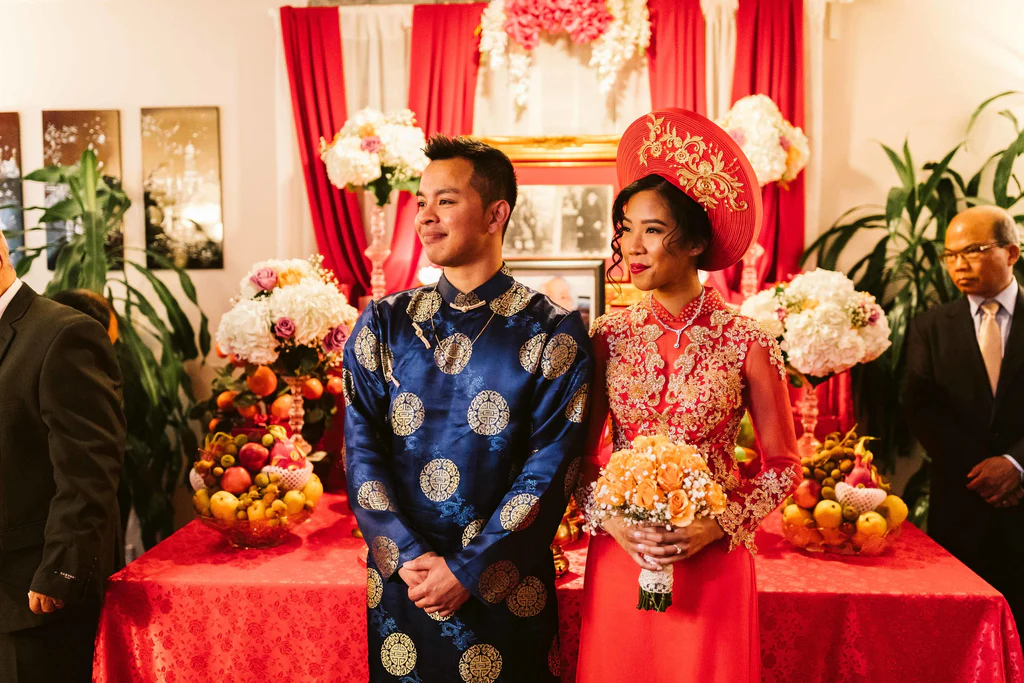
Chinese Influence:
From the 2nd century BC to the 10th century AD, Vietnam was under Chinese domination. Confucianism, which was prevalent in China, had a significant impact on Vietnamese society, including marriage customs. The principles of Confucianism, such as the importance of hierarchical relationships and the role of filial piety, became deeply ingrained in Vietnamese culture.
Traditional Marriage Practices:
The process involved several stages, including proposal, horoscope matching, bride-price negotiation, and wedding ceremonies. Ancestor worship and honoring the spirits of the deceased played an essential role in these ceremonies, as they sought the blessings and approval of the ancestors.
Marriage customs and traditions vary across different countries and cultures around the world. While I can provide a brief overview of traditional marriage practices in a few countries, it’s important to note that these practices can change over time and may vary within regions or communities within each country.
